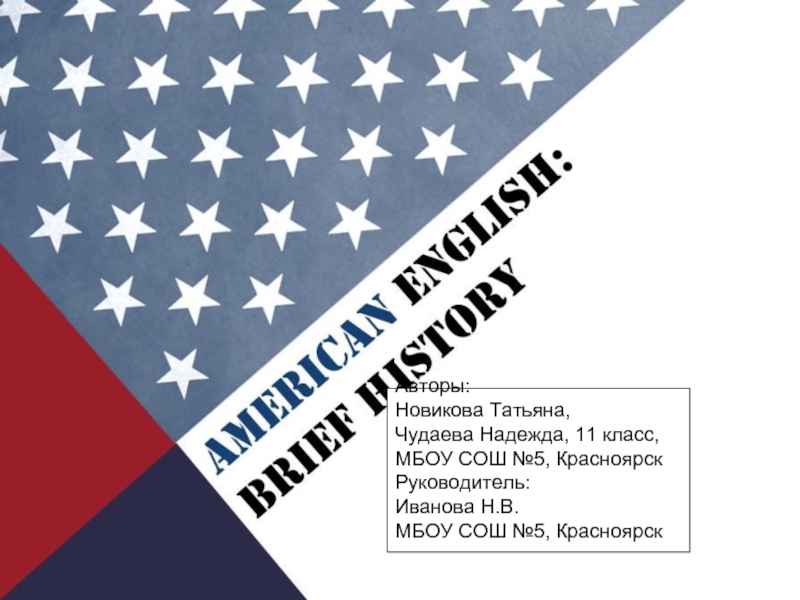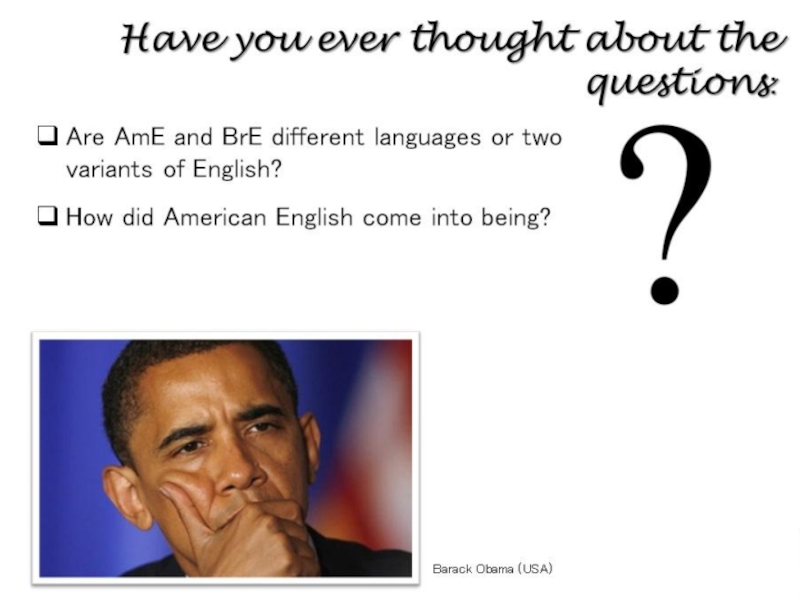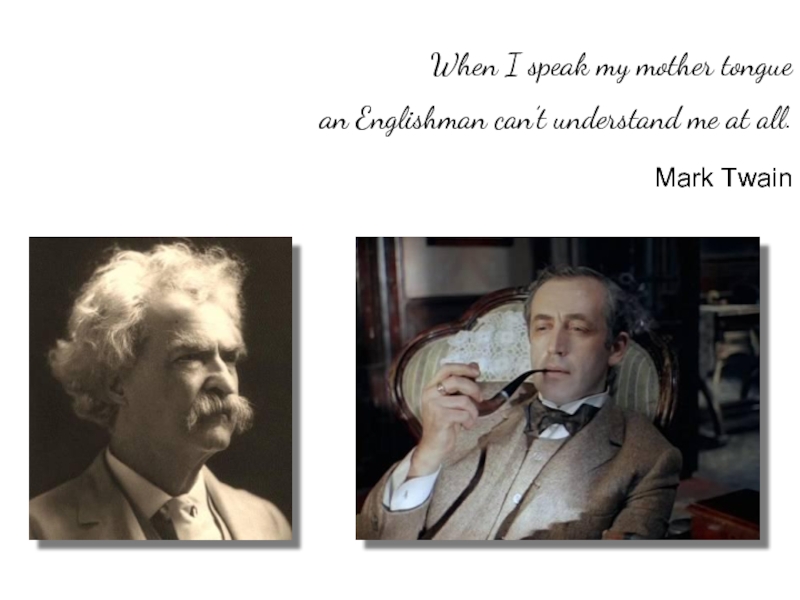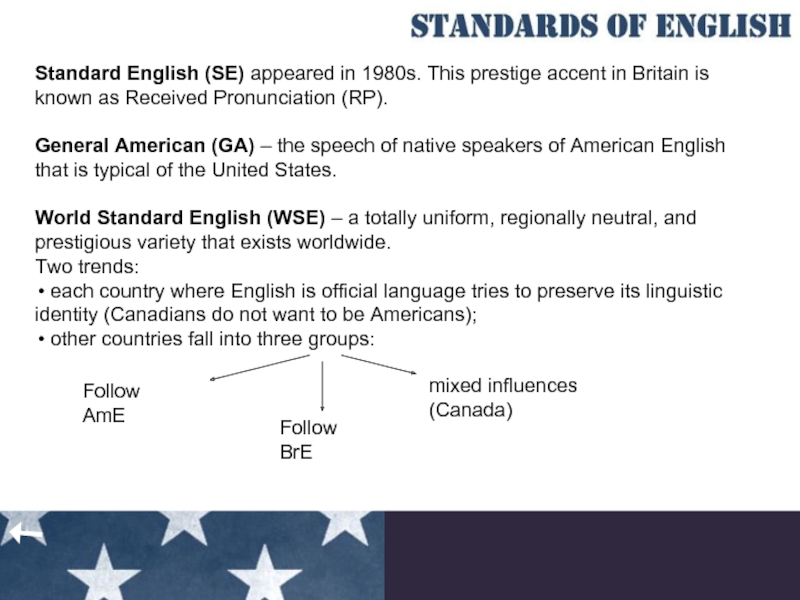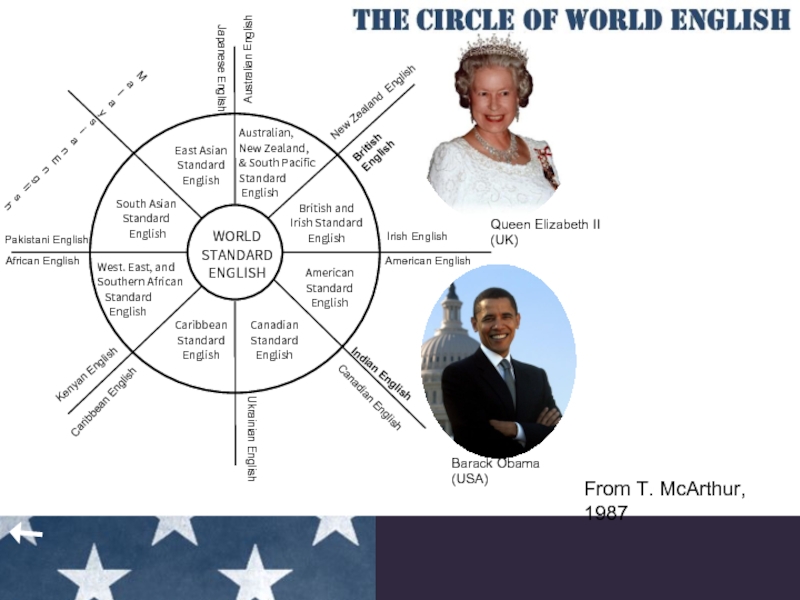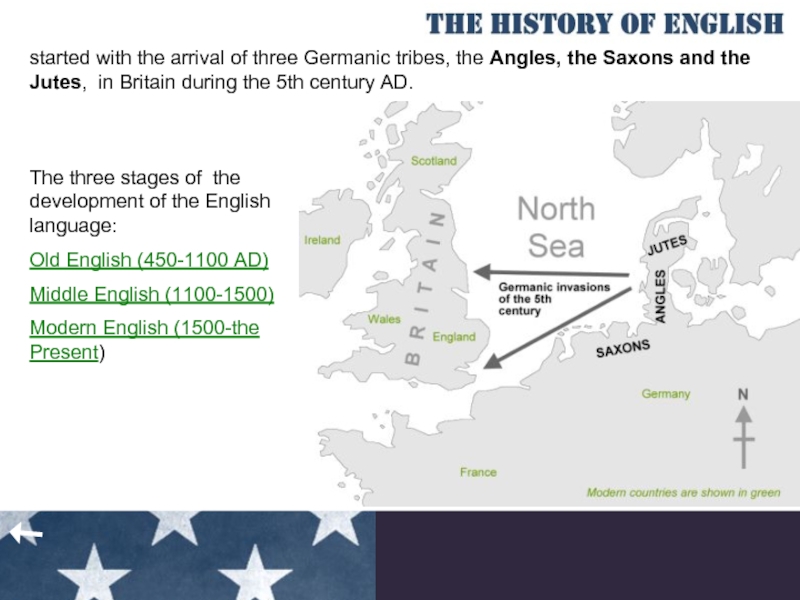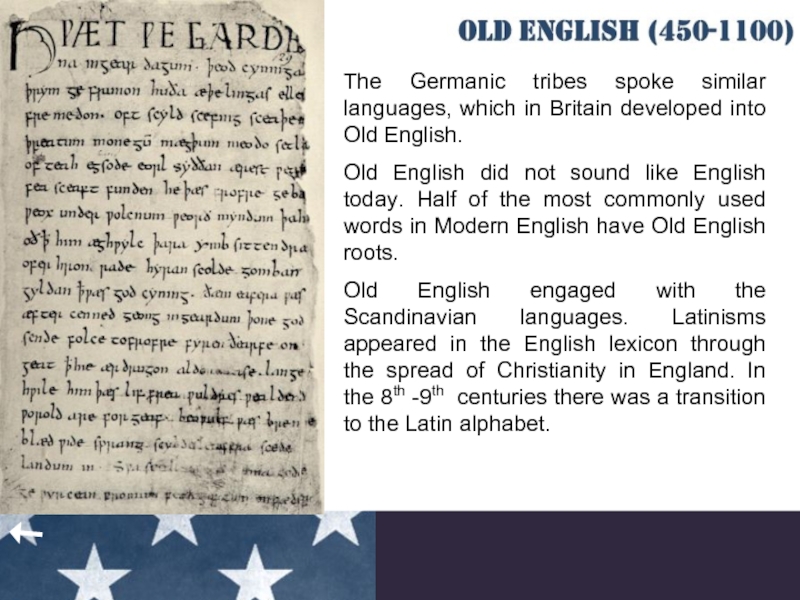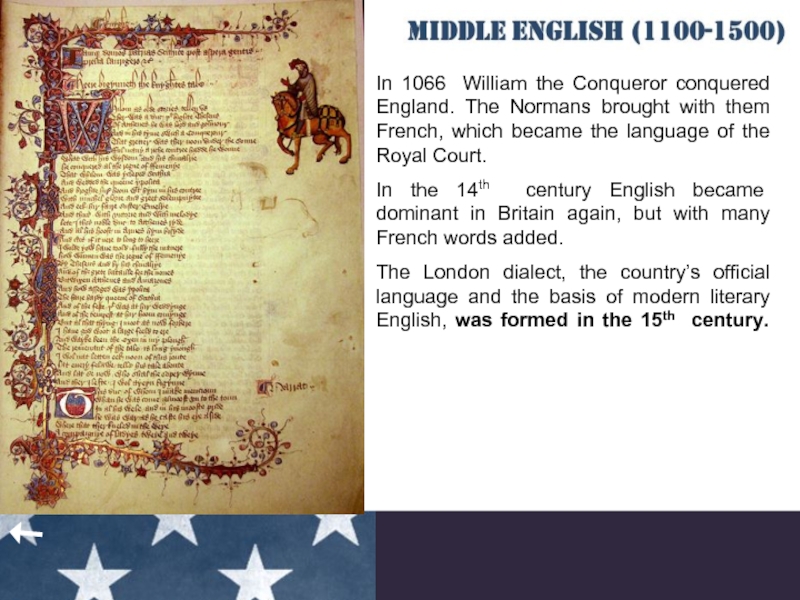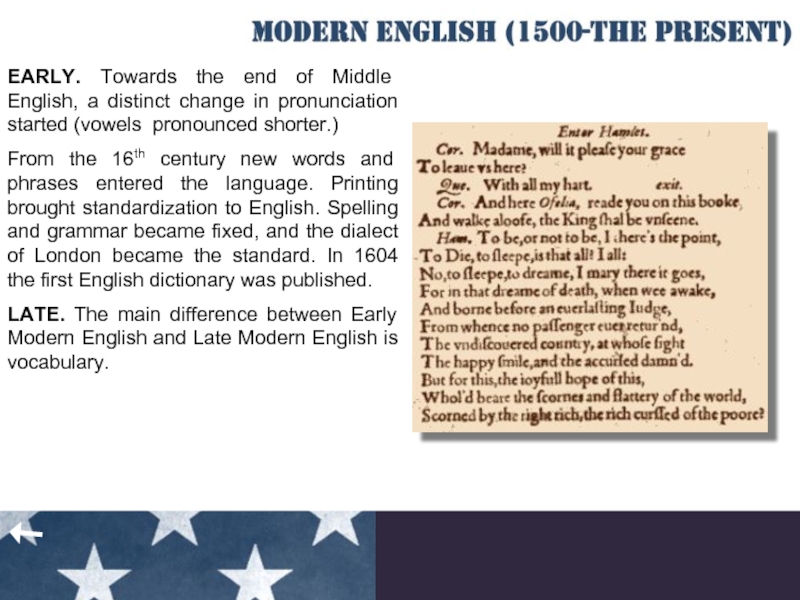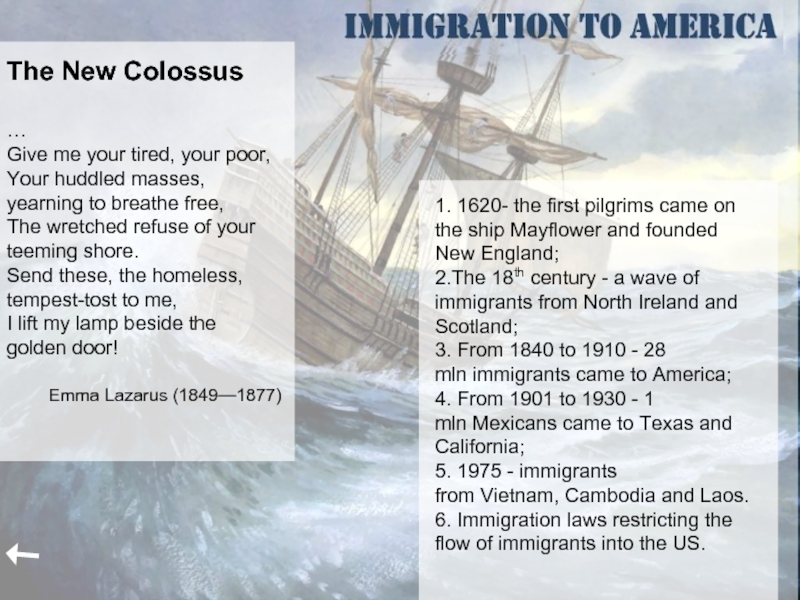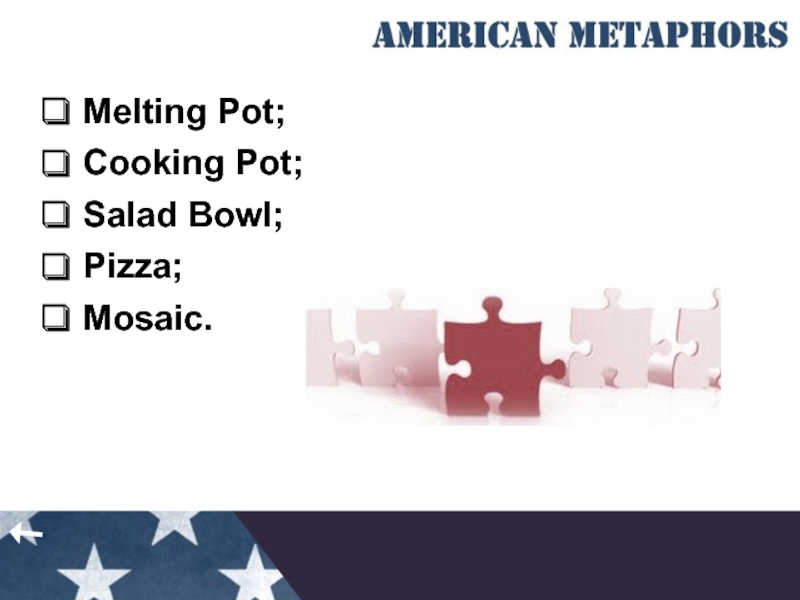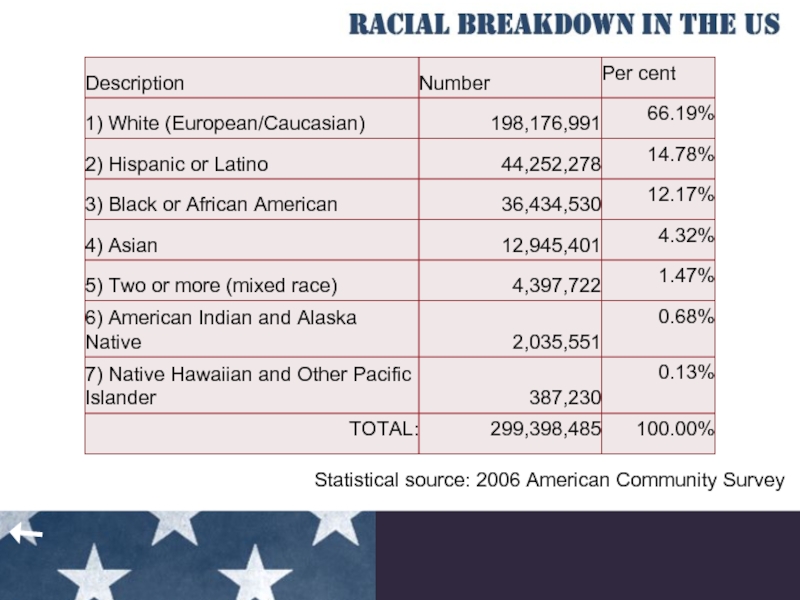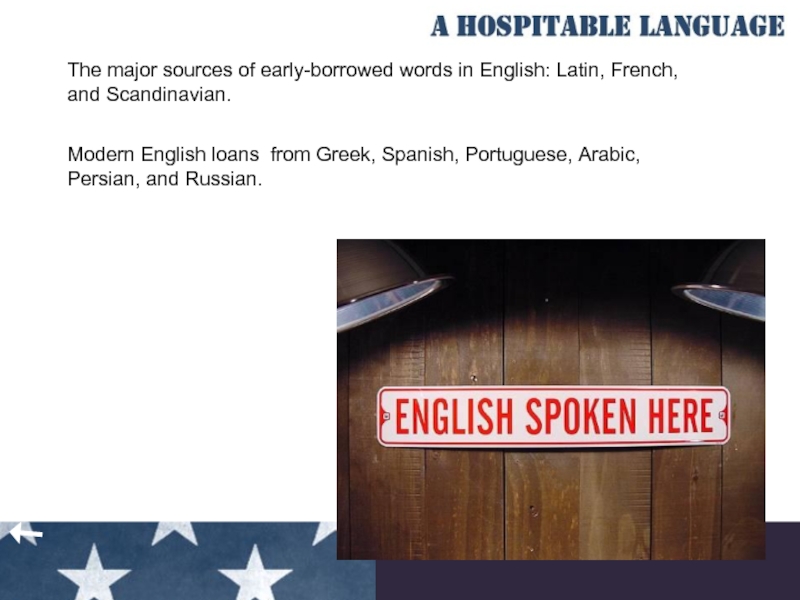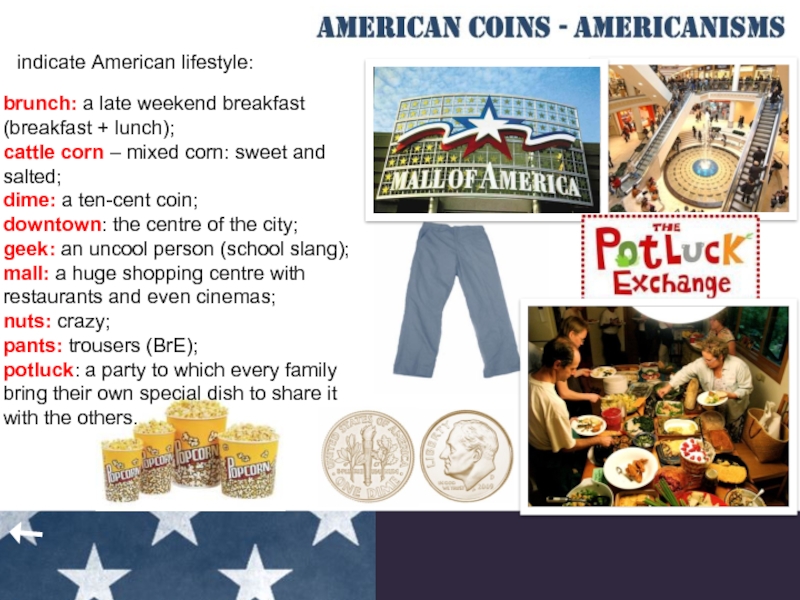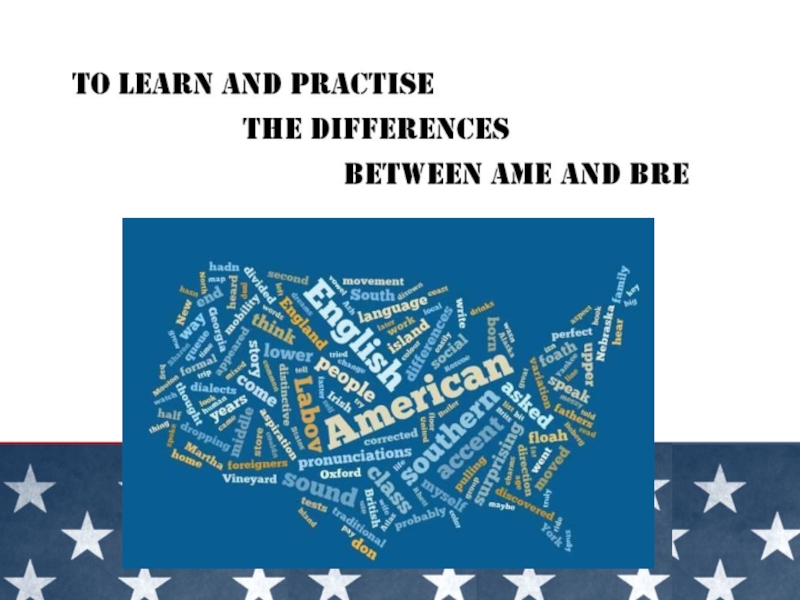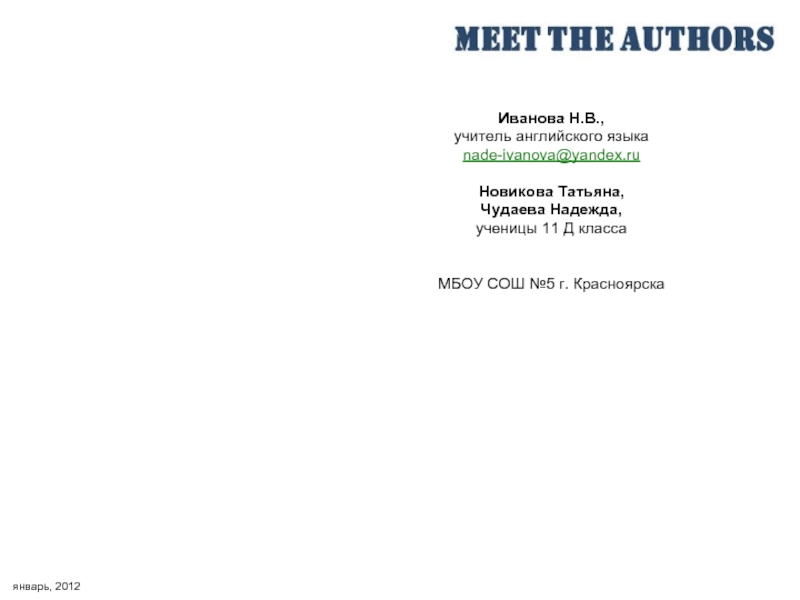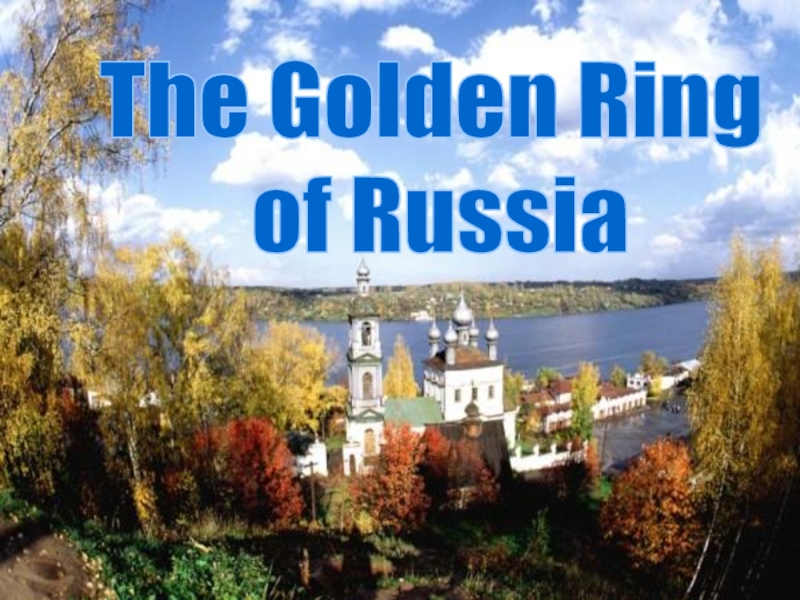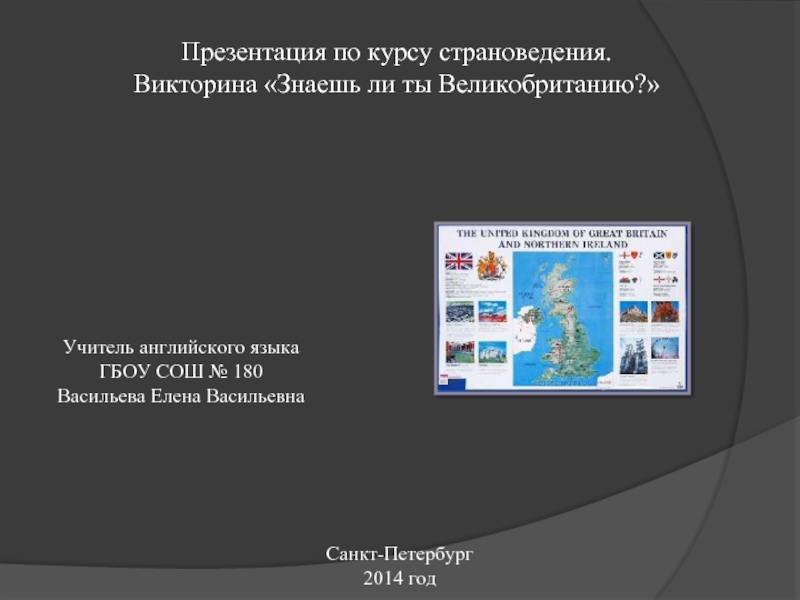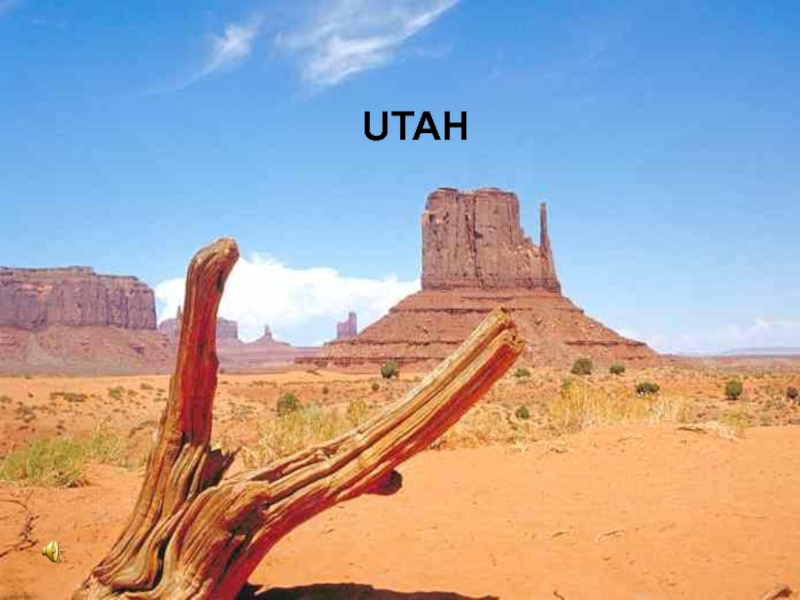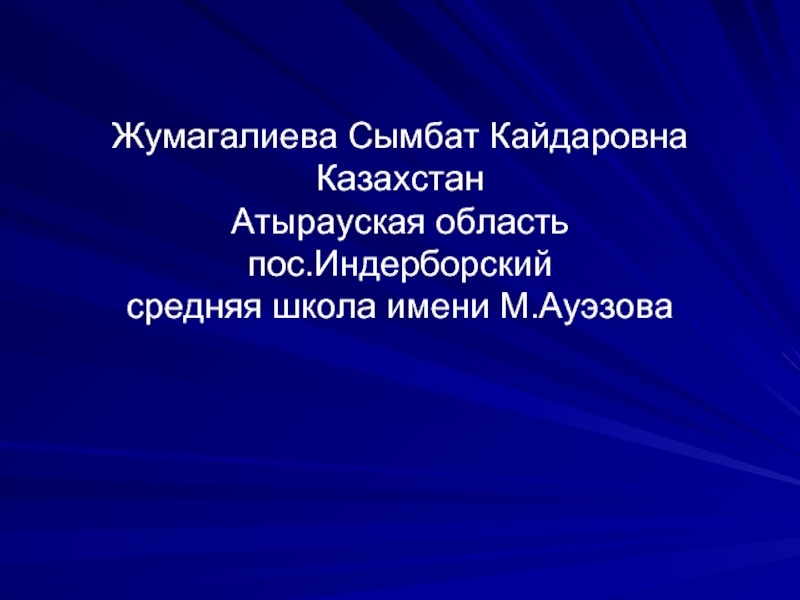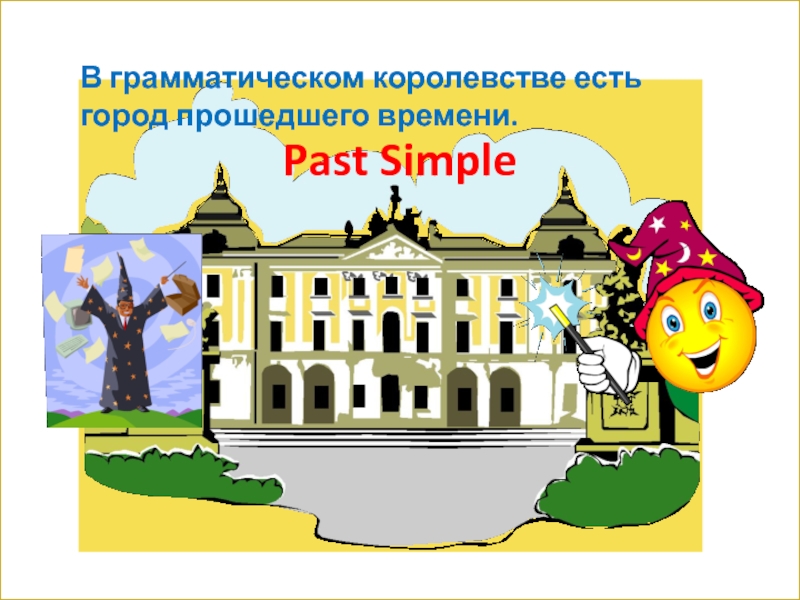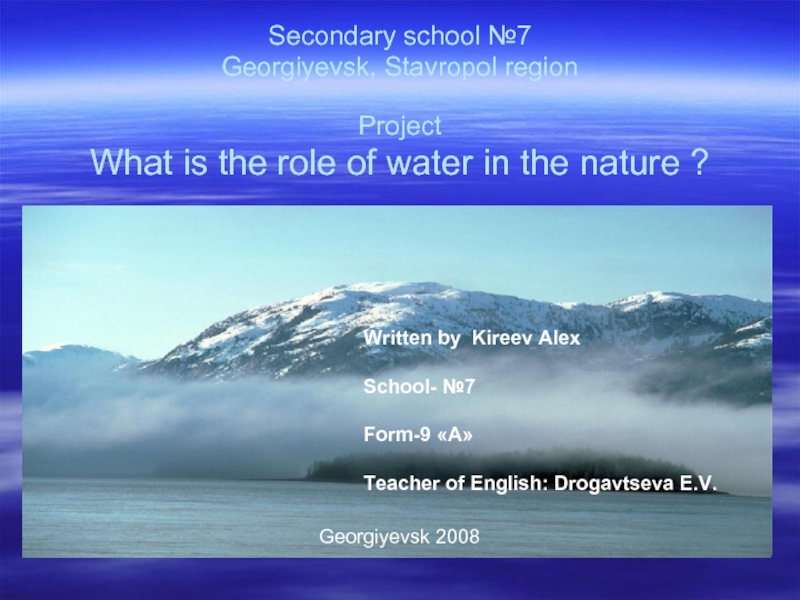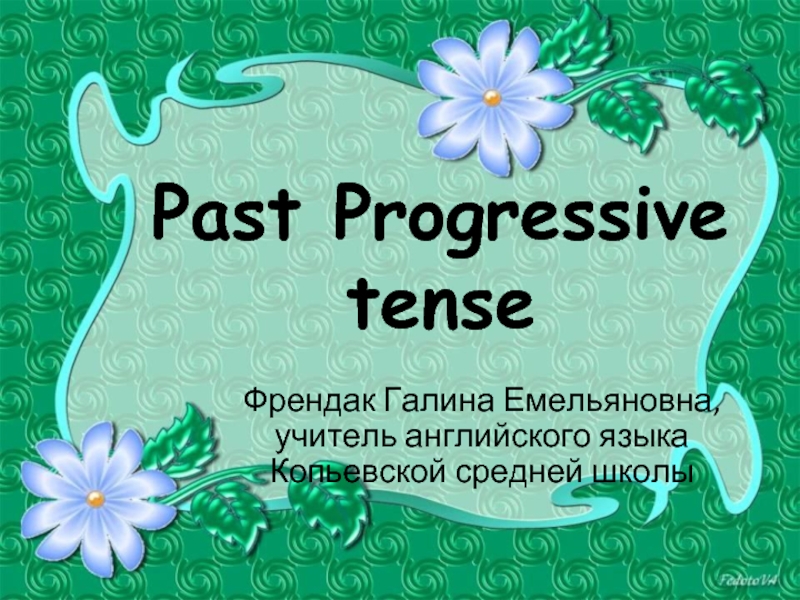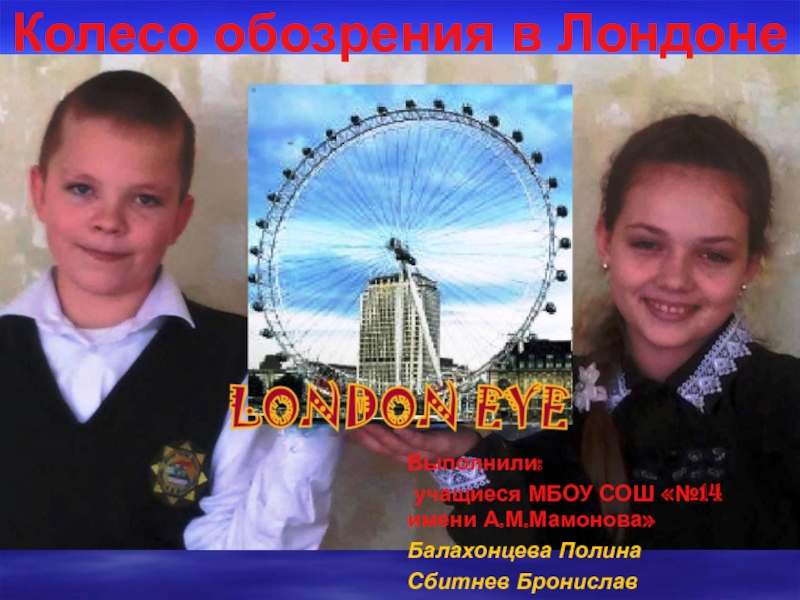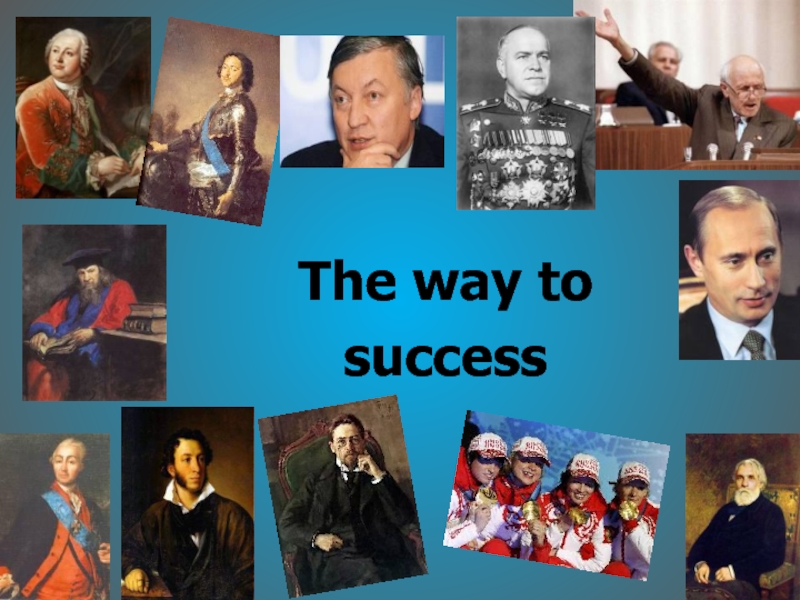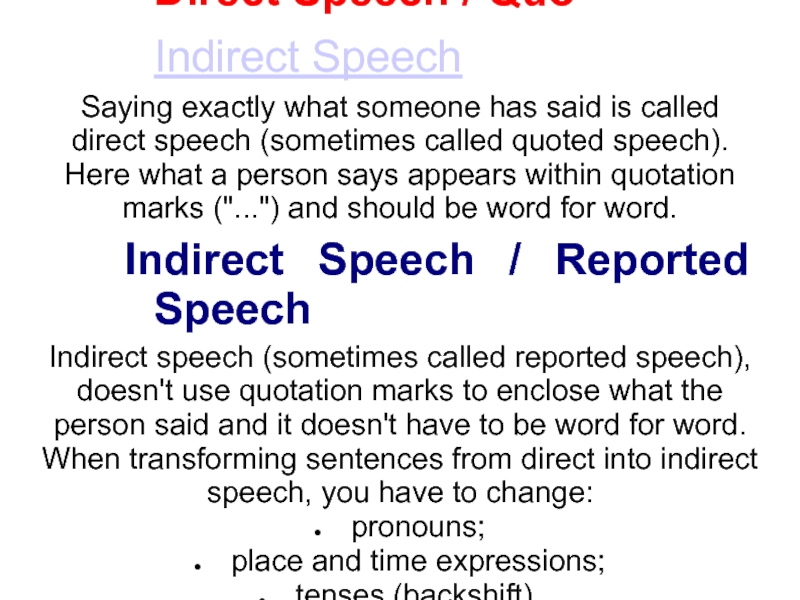Разделы презентаций
- Разное
- Английский язык
- Астрономия
- Алгебра
- Биология
- География
- Геометрия
- Детские презентации
- Информатика
- История
- Литература
- Математика
- Медицина
- Менеджмент
- Музыка
- МХК
- Немецкий язык
- ОБЖ
- Обществознание
- Окружающий мир
- Педагогика
- Русский язык
- Технология
- Физика
- Философия
- Химия
- Шаблоны, картинки для презентаций
- Экология
- Экономика
- Юриспруденция
АМЕРИКАНСКИЙ АНГЛИЙСКИЙ: КРАТКИЙ ЭКСКУРС В ИСТОРИЮ И ПРАКТИКУ
Содержание
- 1. АМЕРИКАНСКИЙ АНГЛИЙСКИЙ: КРАТКИЙ ЭКСКУРС В ИСТОРИЮ И ПРАКТИКУ
- 2. Have you ever thought about the questions:Are
- 3. When I speak my mother tongue an
- 4. Standard English (SE) appeared in 1980s. This
- 5. From T. McArthur, 1987Queen Elizabeth II (UK)Barack Obama (USA)
- 6. started with the arrival of three Germanic
- 7. The Germanic tribes spoke similar languages, which
- 8. In 1066 William the Conqueror conquered England.
- 9. EARLY. Towards the end of Middle English,
- 10. The New Colossus… Give me your tired,
- 11. I am a child of the Americas,A
- 12. Melting Pot;Cooking Pot;Salad Bowl;Pizza;Mosaic.
- 13. Statistical source: 2006 American Community Survey
- 14. The major sources of early-borrowed words in
- 15. Africanbanjo: a musical instrument with four strings,
- 16. indicate American lifestyle:brunch: a late weekend breakfast
- 17. Слайд 17
- 18. Лалаянц И. – Приложение к газете «English»,
- 19. Иванова Н.В., учитель английского языка nade-ivanova@yandex.ruНовикова Татьяна,Чудаева
- 20. Скачать презентанцию
Слайды и текст этой презентации
Слайд 1
AMERICAN ENGLISH: BRIEF HISTORY
Авторы:
Новикова Татьяна,
Чудаева Надежда, 11 класс,
МБОУ СОШ
№5, Красноярск
Слайд 2
Have you ever thought about the questions:
Are AmE and BrE
different languages or two variants of English?
How did American English
come into being?Barack Obama (USA)
Слайд 4Standard English (SE) appeared in 1980s. This prestige accent in
Britain is known as Received Pronunciation (RP).
General American (GA) –
the speech of native speakers of American English that is typical of the United States.World Standard English (WSE) – a totally uniform, regionally neutral, and prestigious variety that exists worldwide.
Two trends:
each country where English is official language tries to preserve its linguistic identity (Canadians do not want to be Americans);
other countries fall into three groups:
Слайд 6
started with the arrival of three Germanic tribes, the Angles,
the Saxons and the Jutes, in Britain during the 5th
century AD.The three stages of the development of the English language:
Old English (450-1100 AD)
Middle English (1100-1500)
Modern English (1500-the Present)
Слайд 7
The Germanic tribes spoke similar languages, which in Britain developed
into Old English.
Old English did not sound like English
today. Half of the most commonly used words in Modern English have Old English roots. Old English engaged with the Scandinavian languages. Latinisms appeared in the English lexicon through the spread of Christianity in England. In the 8th -9th centuries there was a transition to the Latin alphabet.
Слайд 8
In 1066 William the Conqueror conquered England. The Normans brought
with them French, which became the language of the Royal
Court.In the 14th century English became dominant in Britain again, but with many French words added.
The London dialect, the country’s official language and the basis of modern literary English, was formed in the 15th century.
Слайд 9
EARLY. Towards the end of Middle English, a distinct change
in pronunciation started (vowels pronounced shorter.)
From the 16th century new
words and phrases entered the language. Printing brought standardization to English. Spelling and grammar became fixed, and the dialect of London became the standard. In 1604 the first English dictionary was published.LATE. The main difference between Early Modern English and Late Modern English is vocabulary.
Слайд 10
The New Colossus
…
Give me your tired, your poor,
Your huddled
masses, yearning to breathe free,
The wretched refuse of your teeming
shore.Send these, the homeless, tempest-tost to me,
I lift my lamp beside the golden door!
Emma Lazarus (1849—1877)
1. 1620- the first pilgrims came on the ship Mayflower and founded New England;
2.The 18th century - a wave of immigrants from North Ireland and Scotland;
3. From 1840 to 1910 - 28 mln immigrants came to America;
4. From 1901 to 1930 - 1 mln Mexicans came to Texas and California;
5. 1975 - immigrants from Vietnam, Cambodia and Laos.
6. Immigration laws restricting the flow of immigrants into the US.
Слайд 11
I am a child of the Americas,
A light-skinned mestiza of
the Caribbean,
A child of many diaspora, born into this continent
at a crossroads.I am a U.S. Puerto Rican Jew,
A product of the ghettoes of New York I have never known.
An immigrant and the daughter and granddaughter of immigrants.
I speak English with passion: it’s the tongue of my consciousness,
A flashing knife blade of crystal, my tool, my craft.
I am Caribena, island grown. Spanish is in my flesh,
Ripples from my tongue, lodges in my hips:
The language of garlic and mangoes,
The singing in my poetry, the flying gestures of my hands.
I am of Latinoamerica, rooted in the history of my continent:
I speak from my body.
I am not African. African is in me, but I cannot return.
I am not Taina. Taino is in me, but there is no way back,
I am not European. Europe lives in me, but I have no home there.
I am new. History made me. My first language was Spanglish.
I was born at the crossroads
And I am whole.
Aurora Levins Morales [b. 1954], was written in 1986
Слайд 14
The major sources of early-borrowed words in English: Latin, French,
and Scandinavian.
Modern English loans from Greek, Spanish, Portuguese, Arabic, Persian,
and Russian.
Слайд 15
African
banjo: a musical instrument with four strings, a long neck,
and a body like a drum, use to play a
popular music;Dutch
coleslaw: a salad made from raw chopped cabbage;
French
prairie: a wide, treeless grassy plain;
German
hamburger: a sandwich made of a ground beef patty placed in a soft roll;
pretzel: a hard glazed and salty bread shaped like a loose knot;
Native American
moccasin: a soft leather shoe;
squash: a gourd-like vegetable grown on a vine;
Spanish
ranch: a large farm where sheep, cattle, horses are produced;
Yiddish
bagel: a hard glazed doughnut-shaped roll;
Слайд 16
indicate American lifestyle:
brunch: a late weekend breakfast (breakfast + lunch);
cattle
corn – mixed corn: sweet and salted;
dime: a ten-cent coin;
downtown:
the centre of the city;geek: an uncool person (school slang);
mall: a huge shopping centre with restaurants and even cinemas;
nuts: crazy;
pants: trousers (BrE);
potluck: a party to which every family bring their own special dish to share it with the others.
Слайд 18Лалаянц И. – Приложение к газете «English», №20/1996, p.3;
Adopted from
Babayantz, A.V. “50 Essentials to Know about American Lifestyle”, Мозаика,
№3 – 2005, с. 14;Bordman, Martha. In the USA. – Titul, Obninsk, Chancerel, London, 2000;
Crystal, David. The Cambridge Encyclopedia of The English Language. – CUP, Cambridge, 1995;
Kral, Thomas. Discover America. An Integrated Skills Text for Intermediate/Advanced Students of English as a Foreign Language. – USIA, Washington, D.C., 1996;
Heyck, Denis Lynn Daly. (1994). NY: Routledge;
Steinbeck, John. America and Americans, - from Americans at First Glance, Viking Penguin Inc., 1966;
Commager, Henry Steele. The Nineteenth-Century American. –from The American History: How the Past Helps Explain the Present and Future, 70-79;
Todd Vidamour ‘A Look at Hispanic Heritage in the United States of America’ – Presentation, U.S. Department of State/Georgetown University; U.S. Embassy, Moscow; Novosibirsk State Technical University, 2010;
httphttp://http://wwwhttp://www.http://www.eslprintableshttp://www.eslprintables.http://www.eslprintables.comhttp://www.eslprintables.com/http://www.eslprintables.com/downloadhttp://www.eslprintables.com/download.http://www.eslprintables.com/download.asphttp://www.eslprintables.com/download.asp?http://www.eslprintables.com/download.asp?idhttp://www.eslprintables.com/download.asp?id=359572 Раздаточный материал по теме.
